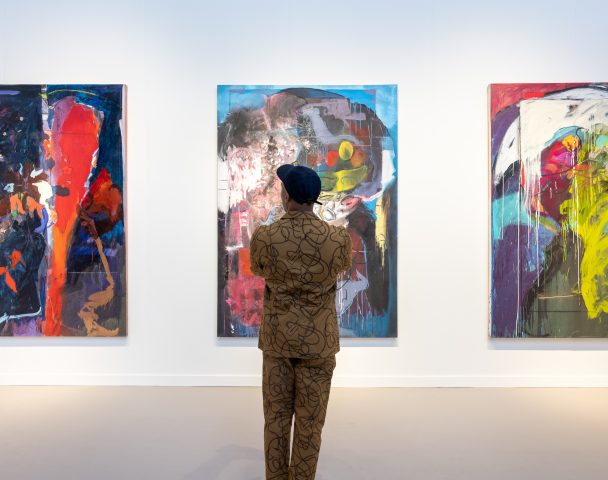Art & Exhibitions
An Overlooked Neoclassical Superstar Embarks on an International Tour
The first monographic show on Guillaume Lethière will open at the Clark Art Institute, before traveling to the Louvre.
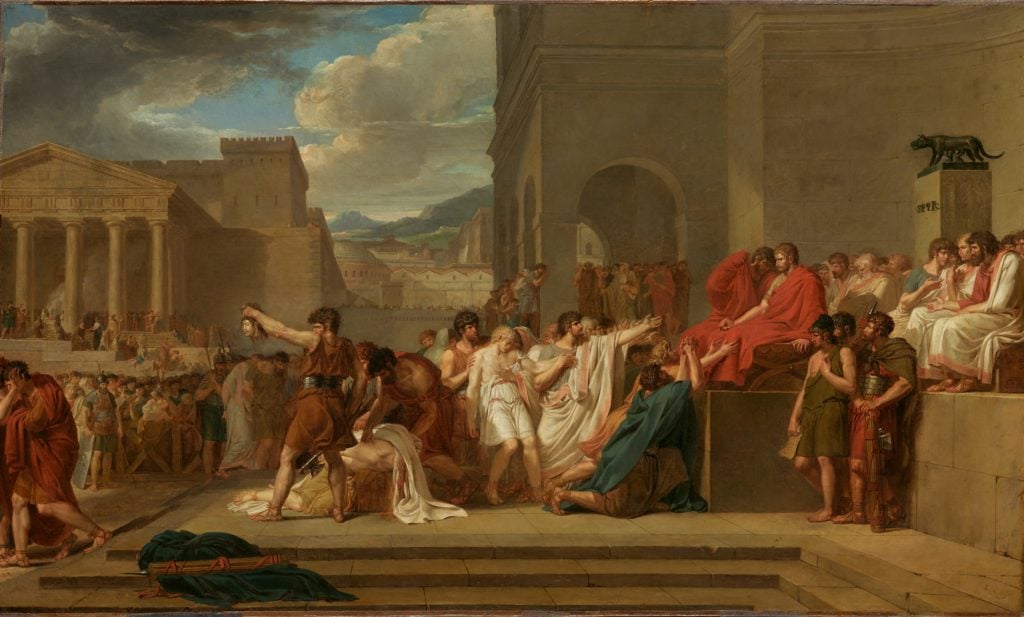
Another mile marker in museums’ ongoing efforts to pay overdue attention to artists of color will be reached this summer with the arrival of an exhibition of a mixed-race artist who was likely born enslaved but reached the highest levels of post-Revolution French society—a life story whose arc is worthy of a feature film. Organized by the Clark Art Institute, in Williamstown, Massachusetts, and Paris’s Louvre Museum, “Guillaume Lethière” opens in Massachusetts and will travel to the French capital.
It’s the first monographic show of Guadeloupe-born Lethière (1760–1832), the son of sugar plantation owner Pierre Guillon, who was also the king’s prosecutor in the French colony, and Marie-Françoise Pepeye, an enslaved woman of mixed race. Because baptism records do not exist for Lethière and his siblings, he was in all likelihood born into slavery, but accompanied his father to France, where he studied art and maintained his career. Featuring some 100 works, the exhibition includes loans from institutions such as the Getty, the Los Angeles County Museum of Art, New York’s Metropolitan Museum of Art and the National Gallery of Art in Washington, D.C. in addition to works from the Clark and the Louvre.
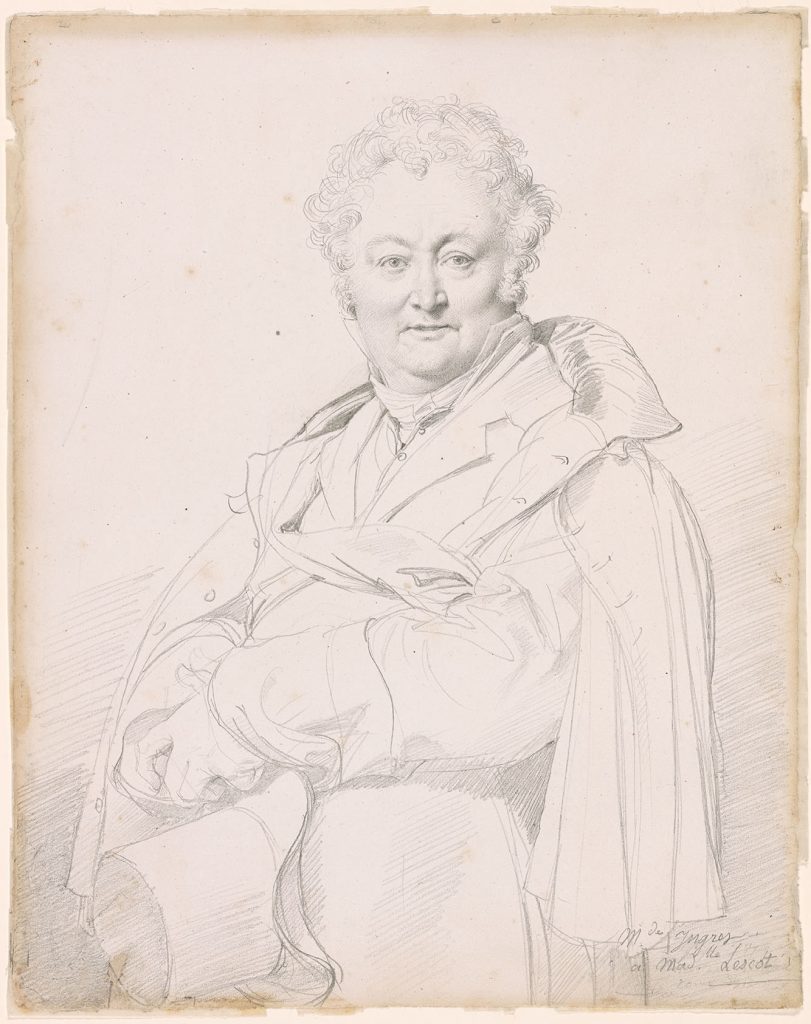
Jean-Auguste-Dominique Ingres, Guillaume Lethière (1815). Courtesy Morgan Library & Museum, New York.
The show is part of a wave of similar exhibitions and acquisitions in the wake of the Black Lives Matter movement. New York’s Metropolitan Museum of Art mounted a show last year devoted to the once-enslaved artist Juan de Pareja, immortalized in a portrait by Diego Velázquez, for whom he worked. Other museums have been making notable purchases of artists of color.
“The Clark is committed to telling stories that have been long neglected in this history of art,” said senior curator Esther Bell, “and Lethière is a prime example. We started working on this exhibition in 2018 when we acquired his work Brutus Condemning His Sons to Death, and decided that this artist is so talented and his story so important that we were committed to seeing this happen.” (She does point out, though, that while he may not be widely known globally, he remains big in Guadeloupe, with a street and even an auto body shop named after him.)
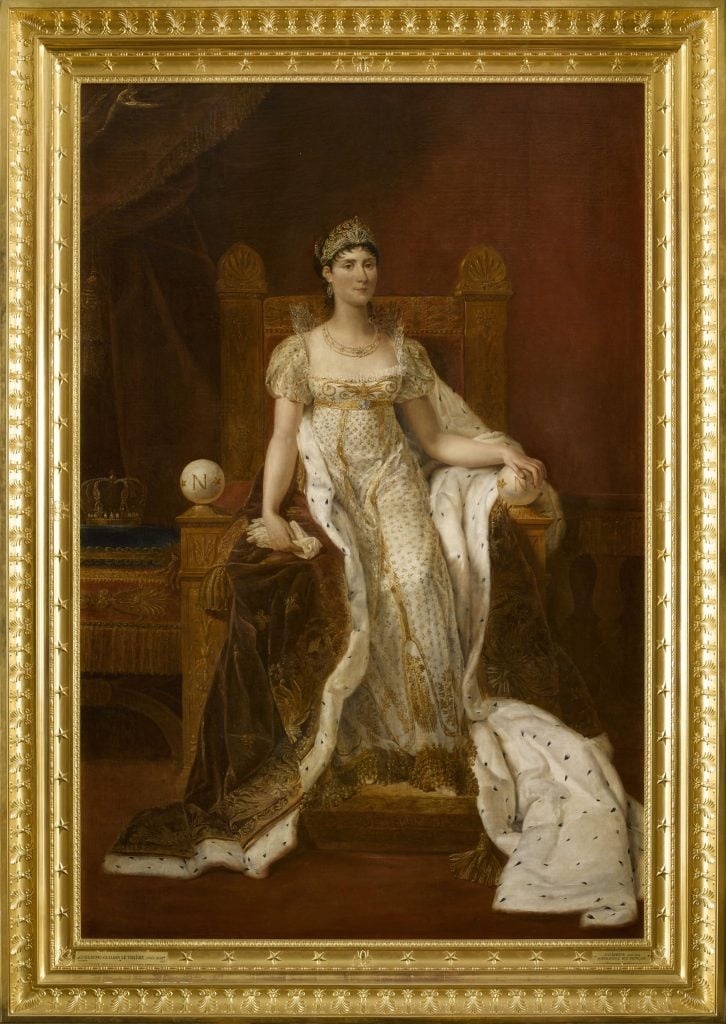
Guillaume Lethière, Joséphine de Beauharnais, Empress of the French (1807). Photo: Franck Raux/RMN-Grand Palais/Art Resource, New York.
The painting the Clark bought in 2018 is a study for one of his defining works, the monumental final version of which, from 1811, hangs in the Louvre. It illustrates the story of Lucius Junius Brutus, who helped to establish the Republic of Rome. When his sons later conspired to overthrow the republic, he was obliged to oversee their execution. He would become a heroic figure for many revolutionaries for placing the republic above his own interests. Just a year before the onset of the French Revolution, while studying in Italy after winning the Rome Prize, Lethière completed the study that the Clark acquired for $852,500 at Christie’s New York in 2018, establishing an auction record for the artist.
After returning to France from Italy, Lethière would go on to become a key figure at Salon exhibitions after the Revolution. He earned the patronage of Napoleon’s brother Lucien, and was commissioned in 1806 to paint a portrait of Empress Joséphine Bonaparte. The following year he was appointed director of the Académie de France in Rome; the neoclassical titan Jean-Auguste-Dominique Ingres would study there during his tenure. The Brutus canvas and another major work, The Death of Virginia (1795, now in the Louvre collection), even traveled to go on public view in London.
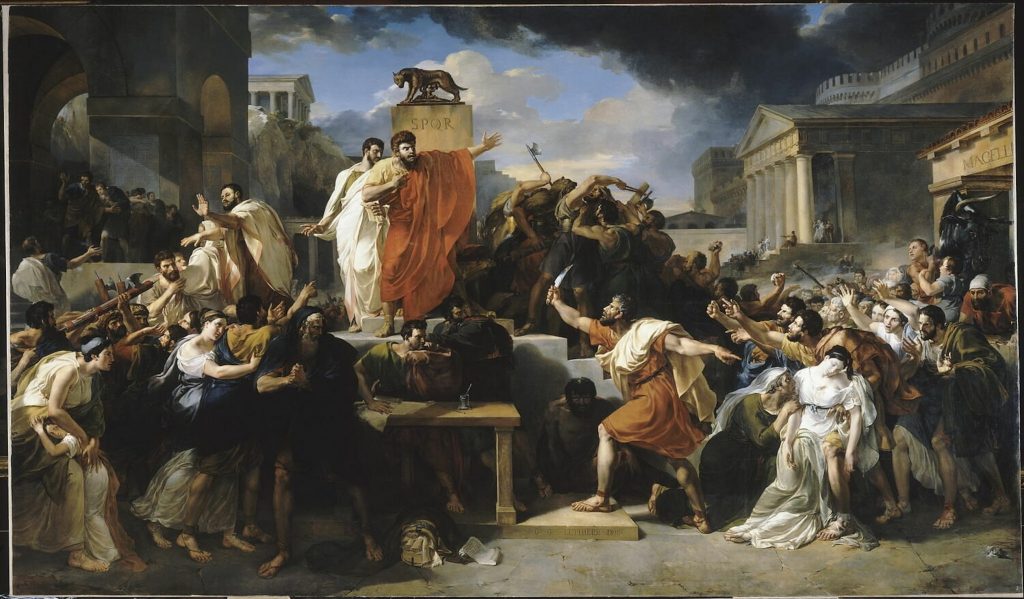
Guillaume Lethière, The Death of Virginia (1828). Courtesy the Louvre.
Since Lethière came from wealth based on his father’s enslavement of his plantation workers (not to mention the mothers of his children), the question of his relationship to race is a fascinating one. He was at the center of a lively Creole community in France, and was in support of revolutions back home in the Caribbean.
He even had his son covertly deliver to Haiti a painting celebrating two generals involved in that country’s successful revolution against the French, before France had recognized the new nation. (It was to be lent to the show but disastrous current conditions on the island nation mean that likely won’t happen.)
In view of his notable life, how has he not been the subject of a feature film? His contemporary, composer Joseph Bologne, Chevalier de Saint-Georges, sometimes known as the Black Mozart, received soapy biopic treatment in the 2022 film Chevalier, after all. Lethière has also not remained on many art history syllabi.
“I have been asking this question for years: why has he not received more attention?” Bell said. For her, it may be a matter of his place between two art-historical movements. “He falls in this period of time that is a liminal moment in the history of art,” she explained. “He started out very much a neoclassical painter, but by the end of this life, neoclassicism was out and the Romantic was in. While he partly rode that wave, he never fully succumbed to Romanticism. He also worked in genres including history painting, portraiture, and landscape, and those two facts make him hard to categorize in some ways.”
While his story is fascinating, Bell maintains that the show is not only inspired by biographical interest.
“As an art historian, you don’t want biography to rule the story,” she said. “The objects should lead, and they do in our exhibition and in the catalogue. I think the art speaks for itself. At the same time, the biography, the history, and his place within the social fabric, politics, and the colonial enterprise of the time are endlessly fascinating. We have to do both.”
“Guillaume Lethière” will be on view at the Clark Art Institute in Williamstown, Massachusetts, June 15–October 14, 2024 and at the Musée du Louvre in Paris, November 13, 2024–February 17, 2025.
Follow Artnet News on Facebook:
Want to stay ahead of the art world? Subscribe to our newsletter to get the breaking news, eye-opening interviews, and incisive critical takes that drive the conversation forward.




